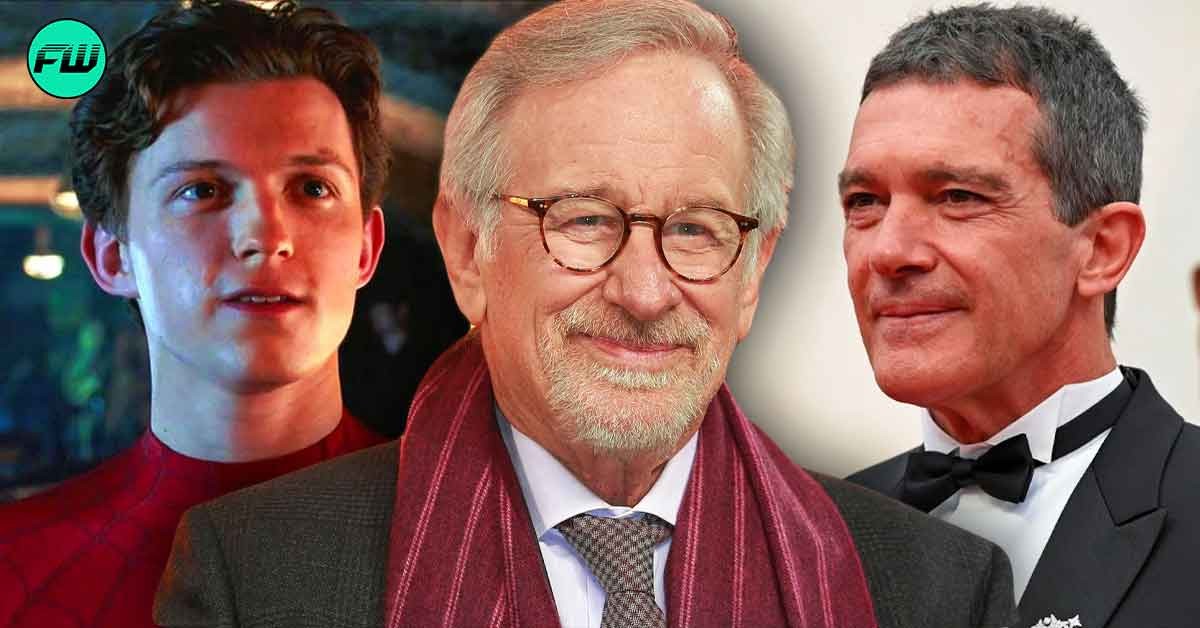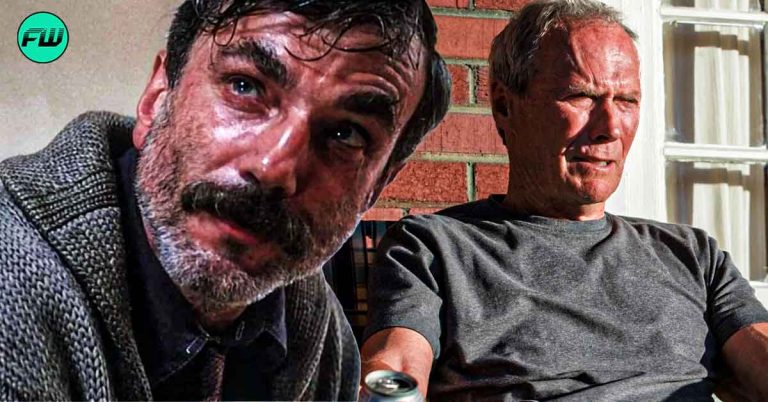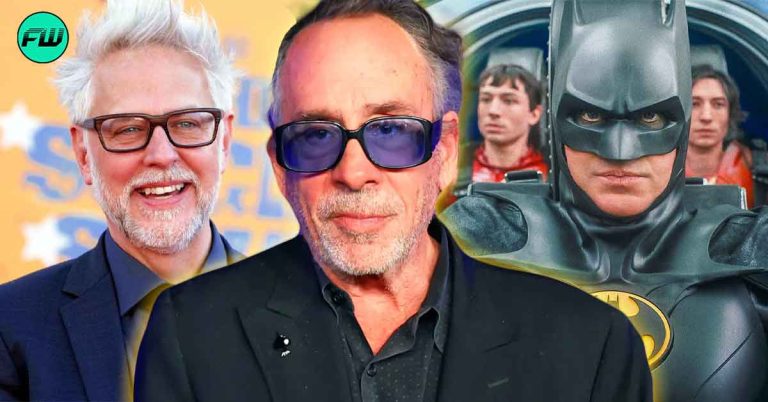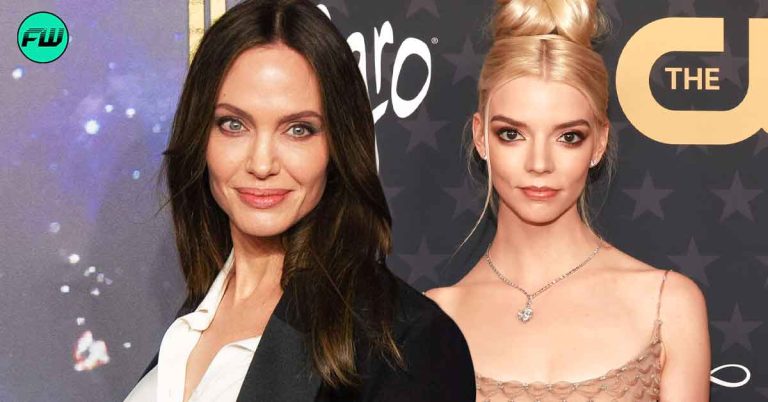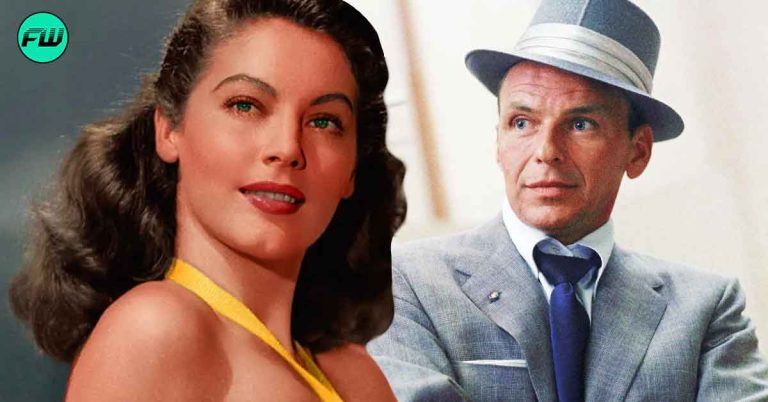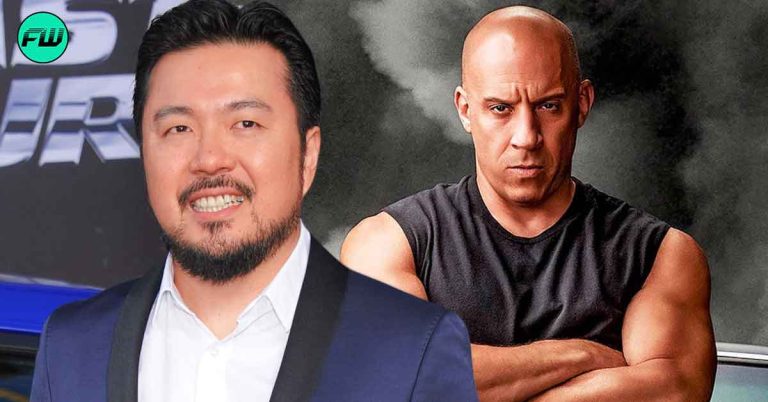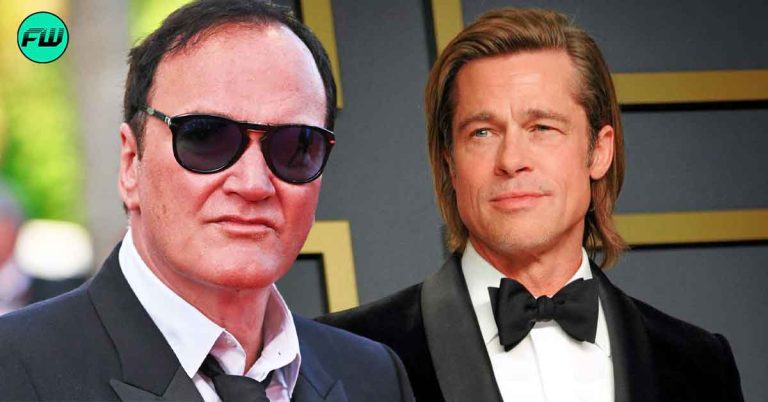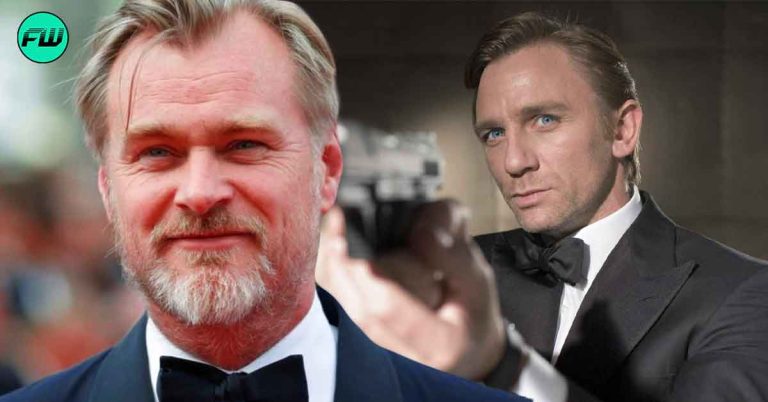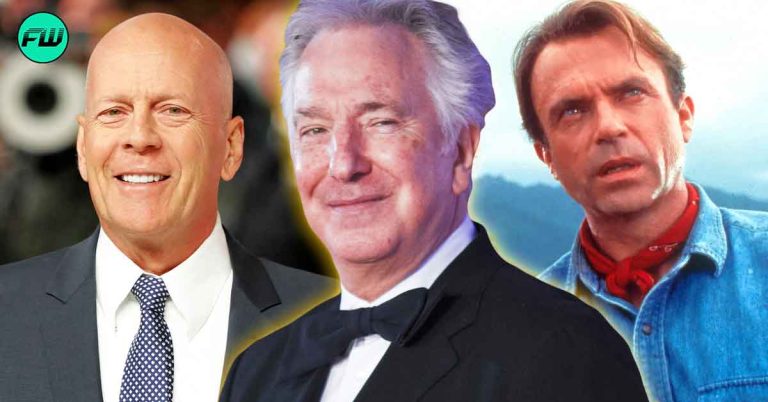In 1998, The Mask of Zorro‘s release saw Anthony Hopkins’ Don Diego de la Vega passing the mantle of Zorro to Antonio Banderas’ Alejandro Murrieta. Subsequently, in 2005, a sequel starring Banderas and Catherine Zeta-Jones reprising their roles hit the theatres. Unfortunately, the succeeding endeavor was unable to receive as much critical acclaim as its forerunner.
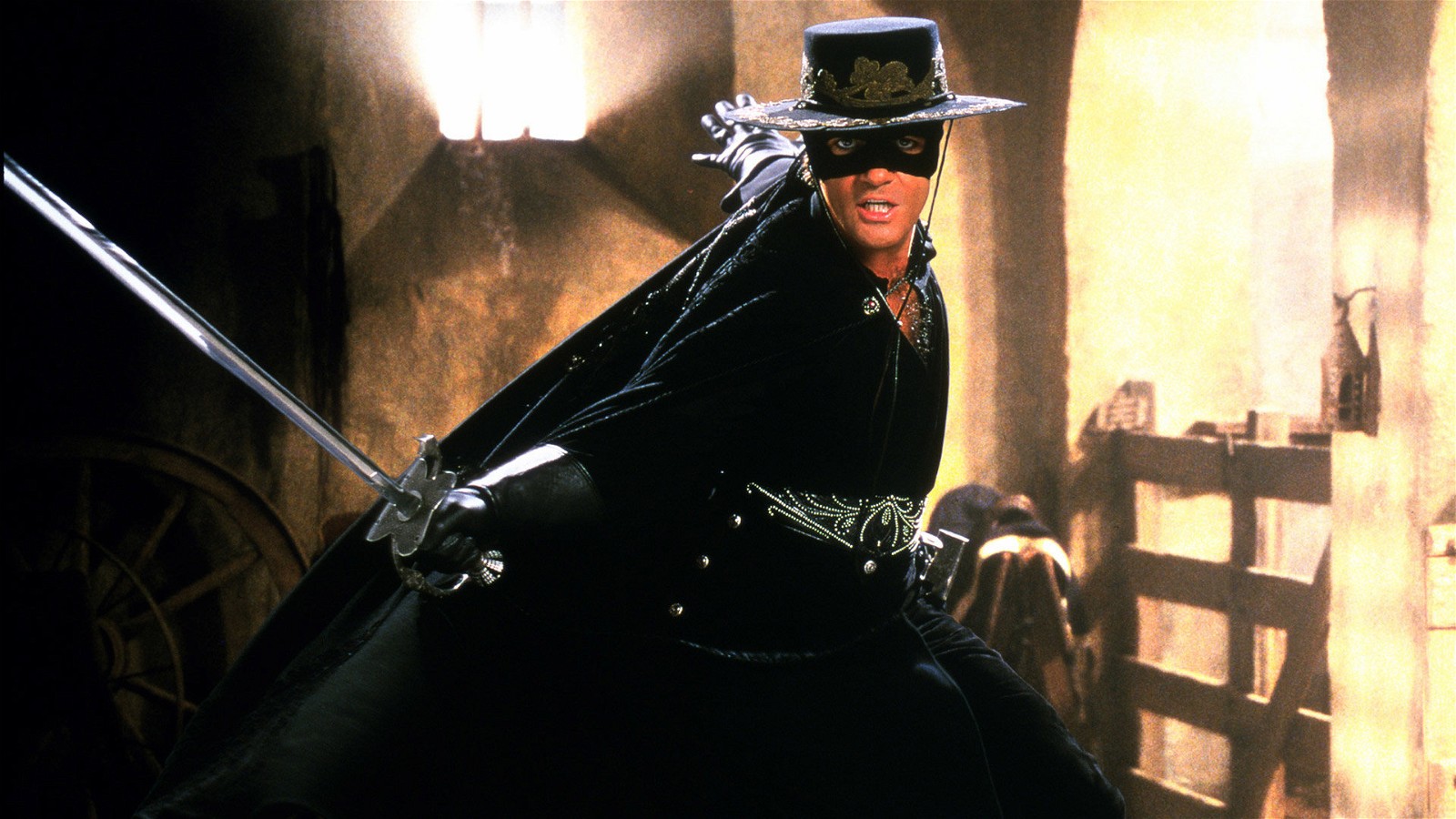
While a third film with Banderas’ iteration of the character was never realized, certain remarks made by the Spanish actor suggest that he’s not entirely opposed to the ideas surrounding one—especially if he could take on the role of a mentor much like Anthony Hopkins’ depiction of Don Diego de la Vega. In a recent interview, he recalled a conversation with esteemed filmmaker Steven Spielberg regarding the authenticity and practicality of the 1998 endeavor and the possibility of a third film in the series.
Antonio Banderas Thinks Tom Holland Is Best Suited To Play Zorro

In an interview with Yahoo! Entertainment, 62-year-old Antonio Banderas reflected on his portrayal of the masked, sword-wielding vigilante 25 years after the first film’s release. Here, he discussed a plethora of matters surrounding the significance the role had on his career, the authenticity of the endeavor that was heavily commended by executive producer Steven Spielberg, the grim foretelling the Jaws alum had about the future of CGI in the film industry and the Western genre, and a potential follow-up to the past two films that starred Banderas in the role of the dashing swashbuckler.
Referring to the discussions surrounding a third movie, Banderas stated the following:
“I’ve had people approaching with different ideas. Obviously, if I do another movie now, I would play the [mentor] character that Anthony Hopkins did in the first version, I [would] be the character that passes the torch to the new Zorro, which would be great, just to do so. But you know, if it comes, great. If it doesn’t, you know, the other two are there forever.”
This is not the first time the Desperado star conveyed his wishes to play the role of a mentor that would have some semblance to Anthony Hopkins‘ depiction of Zorro in the 1998 Martin Campbell-directed film. Speaking to ComicBook.com last year, the Spanish actor, after being asked about it, said he would be open to reprising his role, particularly if his character were to pass the esteemed mantle of Zorro to a new face in the franchise. Following was his statement:
“Yes, I would. I would consider that possibility. Why not? … If they call it Zorro, I will do what Anthony Hopkins did in the first movie and so give the torch to somebody else.”
But who exactly would that “somebody else” be in a perfect universe envisioned by Antonio Banderas? You guessed it—none other than MCU superstar Tom Holland.
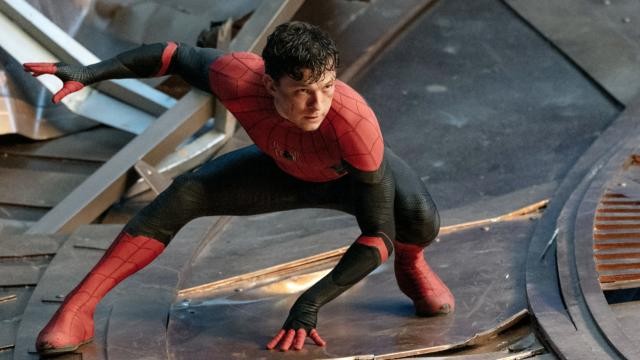
When questioned about which actor would be best suited to depict Zorro and take on the legacy of the acclaimed character in the present generation, Antonio Banderas, without a hint of hesitation, said the following:
“Tom Holland. I did Uncharted with him and he’s so energetic and fun and he’s got this spark, too. Why not?”
While this unconventional choice attracted widespread criticism from cinema-loving audiences, Banderas, having worked with the MCU talent before, recognized Holland’s acting prowess and thought of him as best suited to take on the role of the masked vigilante. Whether or not the rest of the world agrees is a different matter altogether.
Steven Spielberg’s Stern Reminder To Antonio Banderas About The Future Of CGI
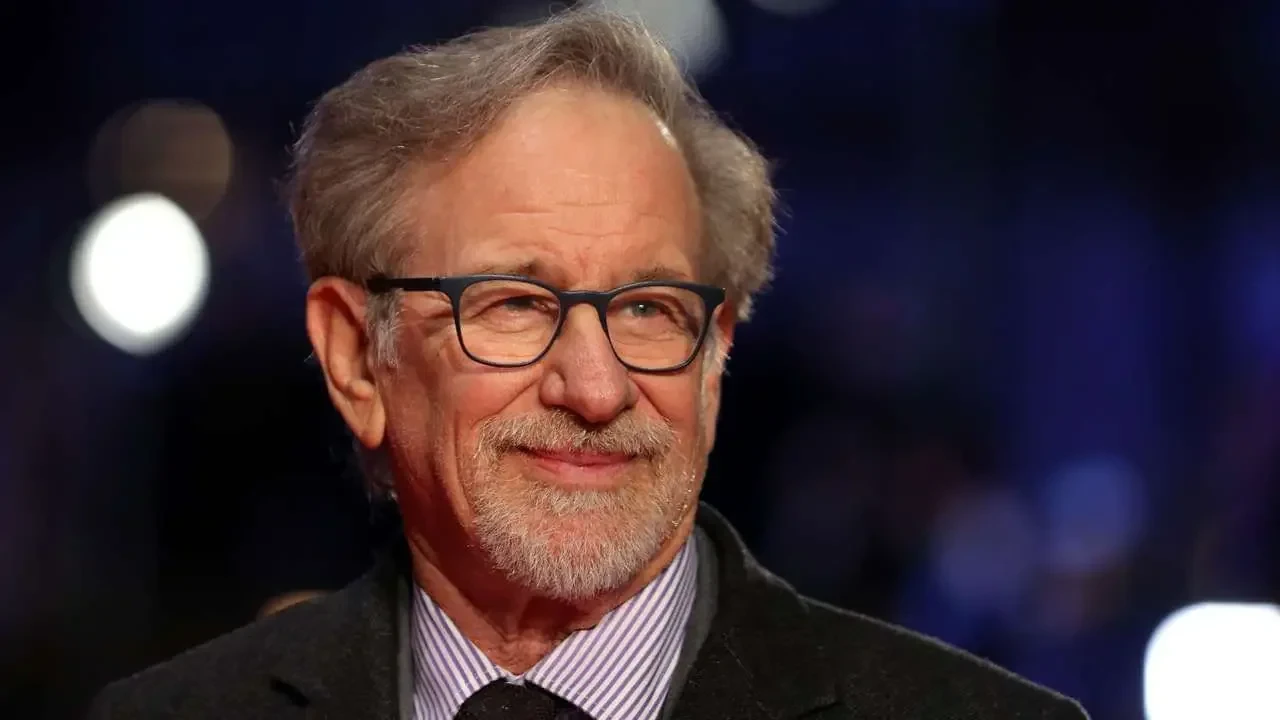
While the usage of CGI in Hollywood endeavors is not necessarily a concern of worry, its overreliance has diminished the aesthetic value of many projects. Computer-generated visuals have frequently improved storytelling, birthing otherwise unimaginable realities, but according to certain filmmakers, it has also jeopardized the fundamentals of practical filmmaking. Hence, its role as a double-edged sword has been a subject of thorough discussion and debate.
Steven Spielberg is no stranger to the extensive use of CGI and VFX in his projects. The well-known filmmaker once remarked, however, that viewers can always discern the differences between scenes that have been digitally altered and scenes that have been derived from practically shot footage. Therefore, when tasked with the job of retaining authenticity in films, CGI can prove somewhat detrimental.
Speaking to Antonio Banderas, Spielberg wanted the Spanish actor to be proud of his 1998 film, The Mask of Zorro. He remarked that the endeavor was going to be the last of its kind. Following is how the Puss in Boots alum recalled the conversation:
“Steven Spielberg said to me once when we were shooting, ‘This is probably going to be one of the last Westerns shot in the way the Westerns were shot in the old days, with real scenes with real horses, where everything is real, [real] sword fighting, no CGI.’ Everything was [practical]. And he said, ‘But things are going to change. they’re going to change and they’re gonna change fast. And so you should be proud of this movie.’”
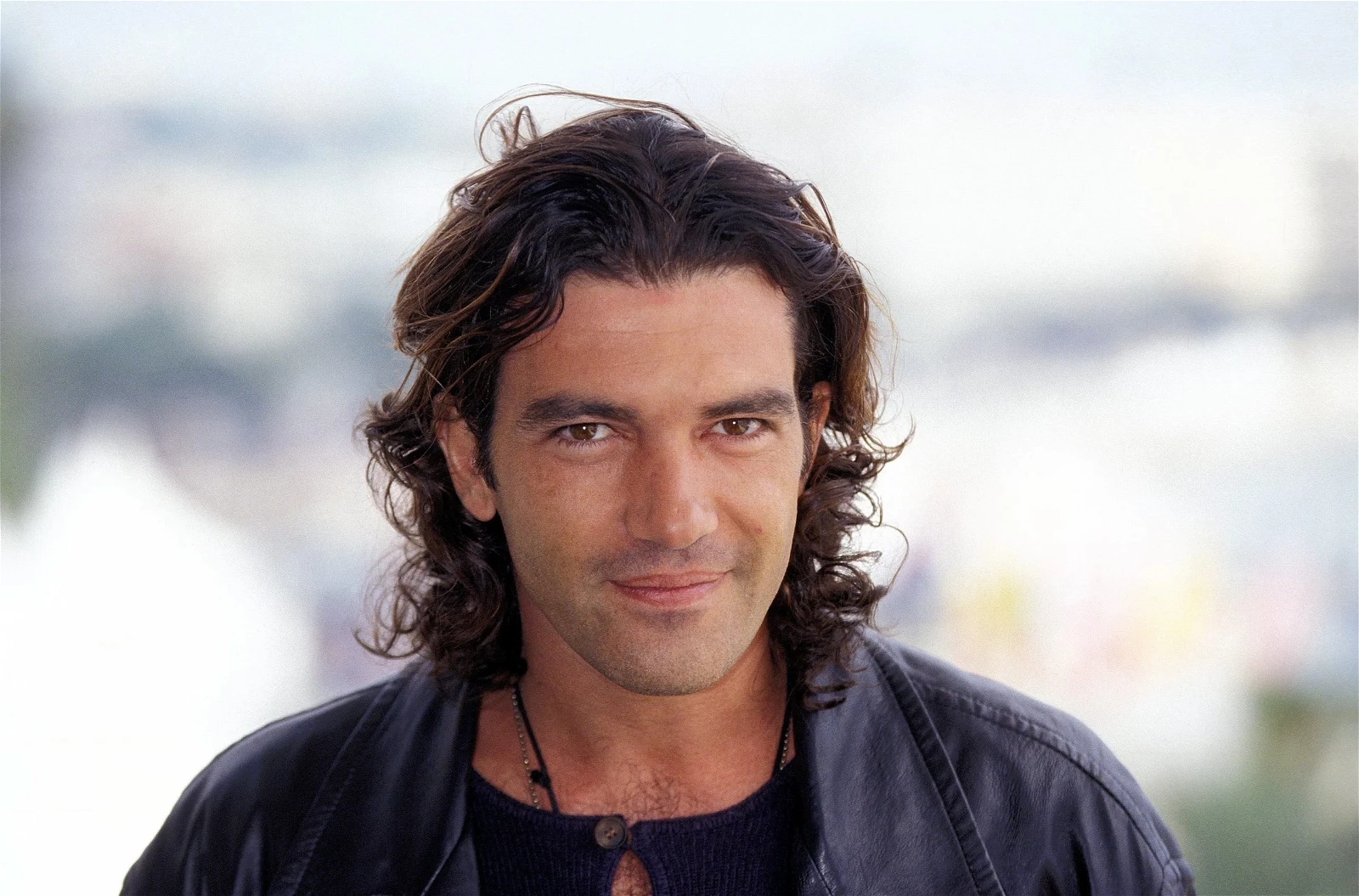
Spielberg, who served as the executive producer of the Banderas and Hopkins starrer, affirmed that the project’s authenticity is what makes it so special. This belief stood the test of time, even after 25 years when Antonio Banderas conveyed in the Yahoo! Entertainment interview that the movie had an impact on the world that he didn’t immediately catch onto during its inception.
We may conclude that Steven Spielberg was reasonably accurate in his assessment of the changes that the use of computer technology will bring about. We are surrounded by these changes and for the audience, it is not easy to neglect. The differences can easily be distinguished. It’s only with recent efforts of filmmakers like Christopher McQuarrie, Christopher Nolan, and others that cinephiles have been able to appreciate what practical effects and authentic filmmaking look like in a world where CGI is now becoming the norm.
Which kind of filmmaking is better, however, is a matter of subjectivity.
Antonio Banderas’ The Mask of Zorro, which managed to amass a whopping $250.3 million at the worldwide box office post its release in 1998, is available on Prime Video via renting/buying.
Source: Yahoo! Entertainment

